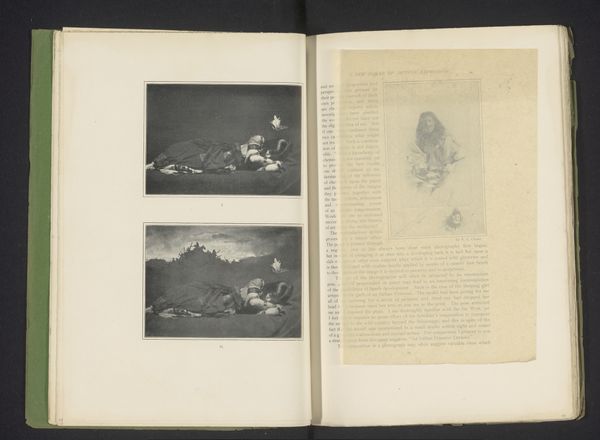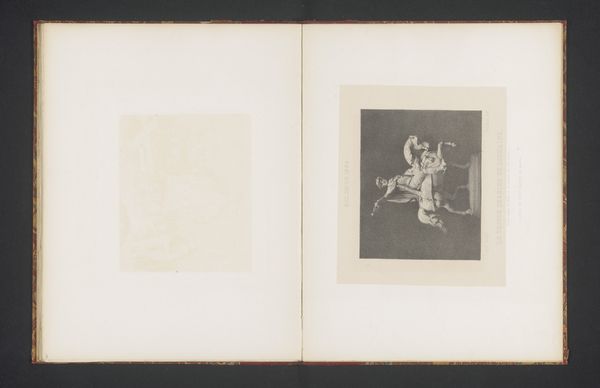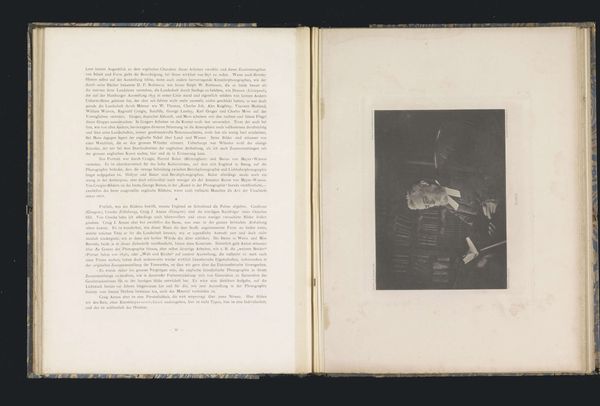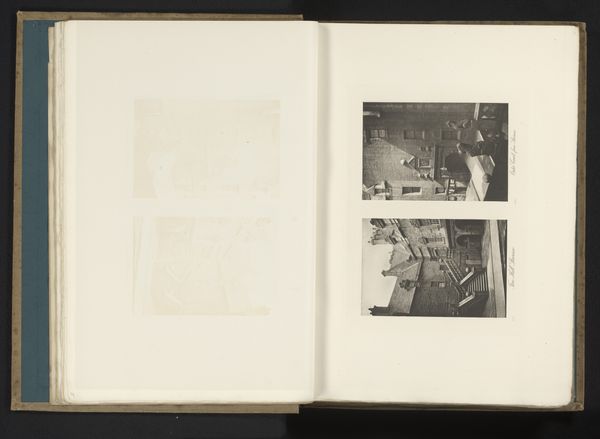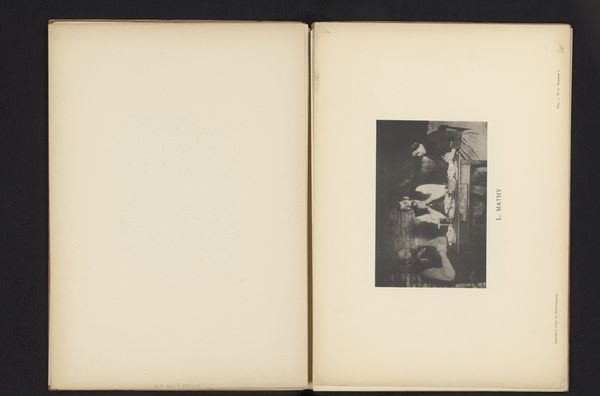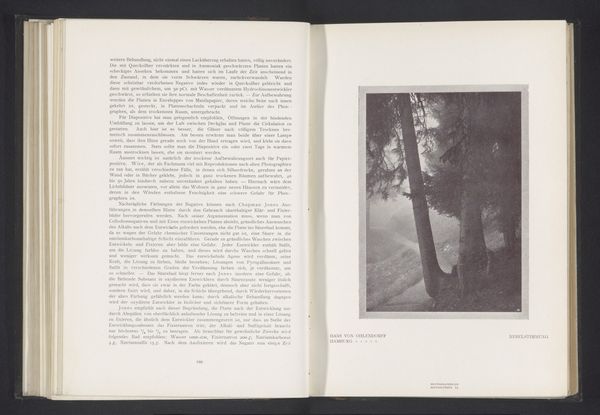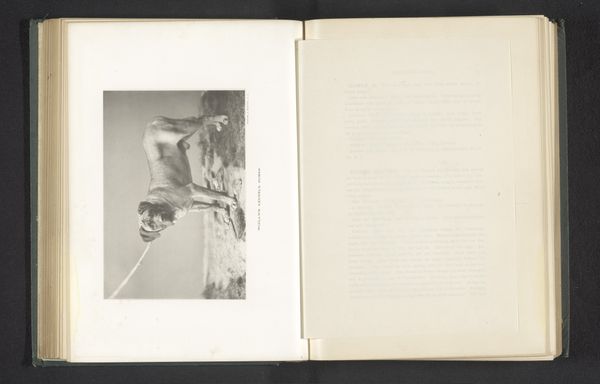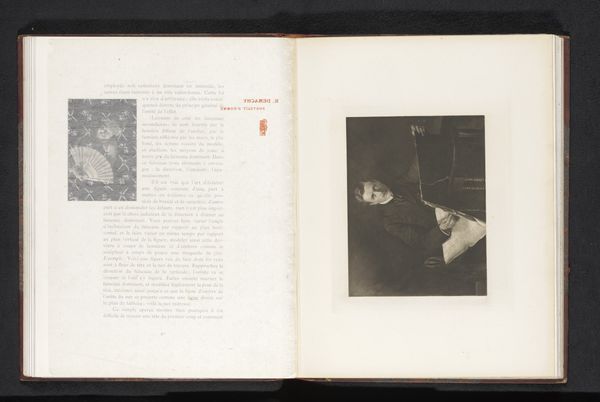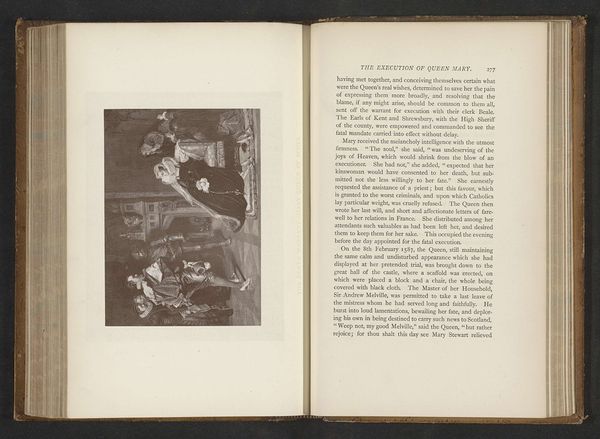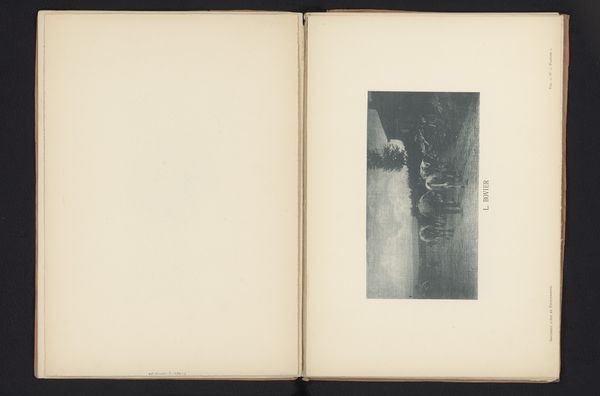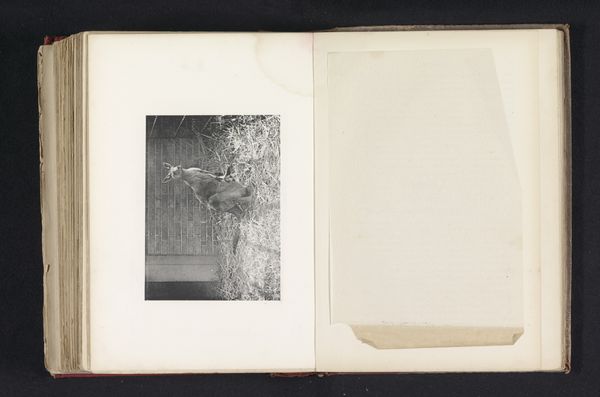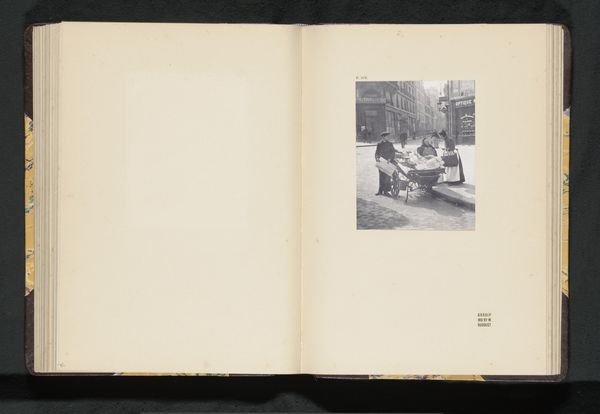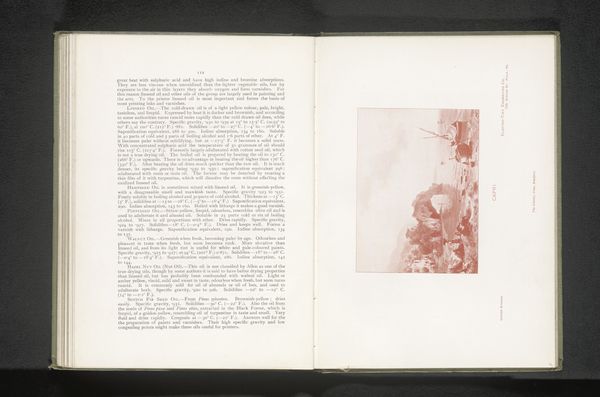
Portret van een onbekende man in een passe-partout met een tekening before 1901
0:00
0:00
print, paper, photography, collotype, albumen-print
#
still-life-photography
#
pictorialism
# print
#
paper
#
photography
#
collotype
#
modernism
#
albumen-print
Dimensions: height 113 mm, width 69 mm
Copyright: Rijks Museum: Open Domain
Curator: Here we have a photograph titled "Portret van een onbekende man in een passe-partout met een tekening," dating back to before 1901. It seems to be an albumen print and collotype, capturing an unknown man, possibly from Frederick Colburn Clarke's collection. My immediate reaction is the striking contrast— the subject’s hazy outline evokes a kind of melancholic timelessness. Editor: Melancholic is interesting. I'm drawn more to the textural qualities. The overlay of image on image creates this intriguing depth. Are we looking at the depiction of the male gaze, filtered through the modernistic lens of pictorialism? What statement might Clarke be making through its inherent softness and focus on form? Curator: I believe it reflects broader discussions on gender roles at the turn of the century, perhaps subtly questioning accepted notions of masculine identity by intentionally framing it in a ‘softer’ art form like pictorialist photography, in which the artist could engage with impressionistic visual textures? The choice to overlay it with a drawing within a passe-partout could represent the layering of constructed identities, especially if, as some speculate, the subject is himself an artist, the act of framing becomes a key thematic device. Editor: I am inclined to agree, especially noting how Clarke renders detail soft, almost as if to avoid fixity. What's clear to me is that in its construction, and through its collotype, we confront questions of realism. Is this really a man being depicted? And if so, what visual strategies is the artist using to prompt the viewer’s interpretation? Curator: We cannot divorce the artist's socio-political context. Clarke operated during a period in which class and race heavily influenced representation and agency. The 'unknown man' is more than just a portrait, therefore. Editor: Right. The blurring, I see now, renders him less individual and almost, perhaps intentionally, stereotypical. The layering of images, thus, can suggest the intersection between perceived social roles and realities. Curator: This discussion truly highlights the power in art to foster social change. Considering who gets remembered and represented in historical narratives is pivotal when looking back. Editor: And reflecting on this, it encourages viewers like us to contemplate its significance through these nuanced discussions on form, identity, and photographic practices.
Comments
No comments
Be the first to comment and join the conversation on the ultimate creative platform.
